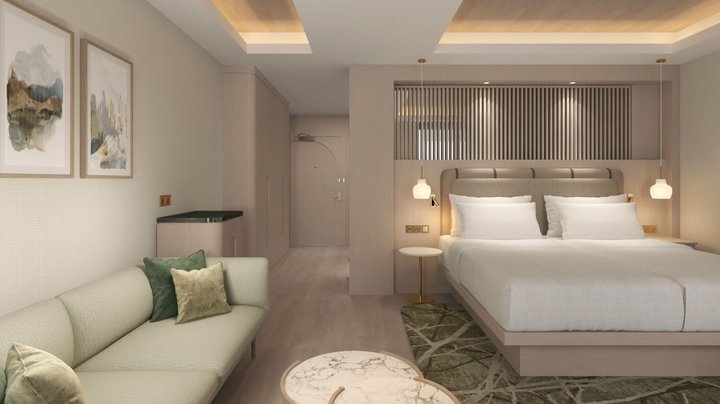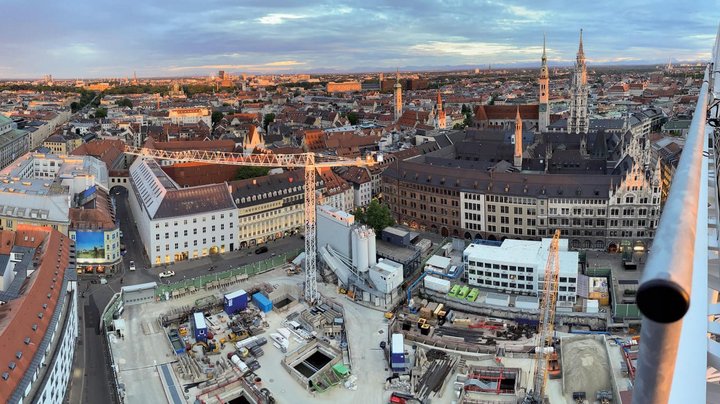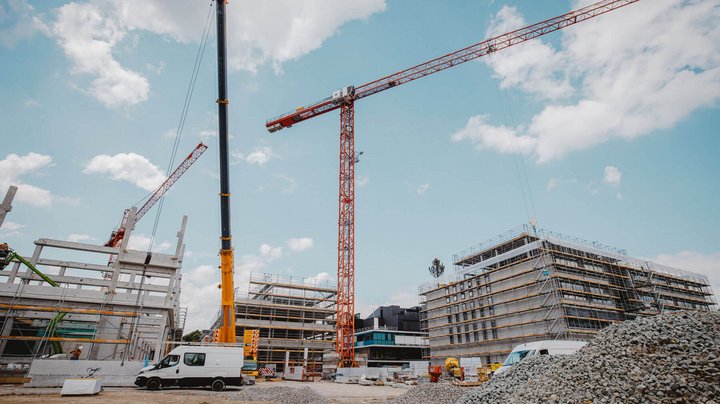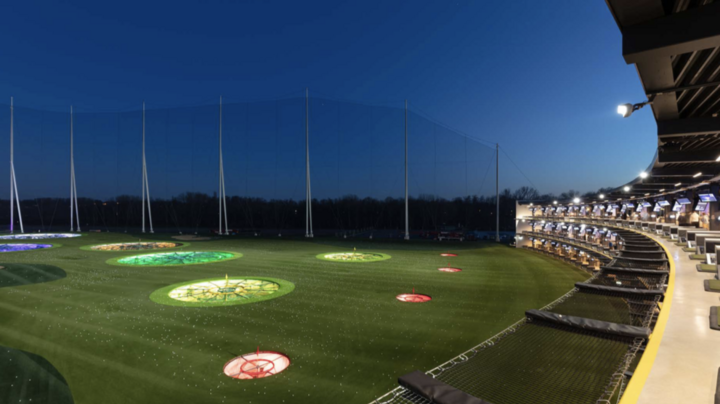Going underground
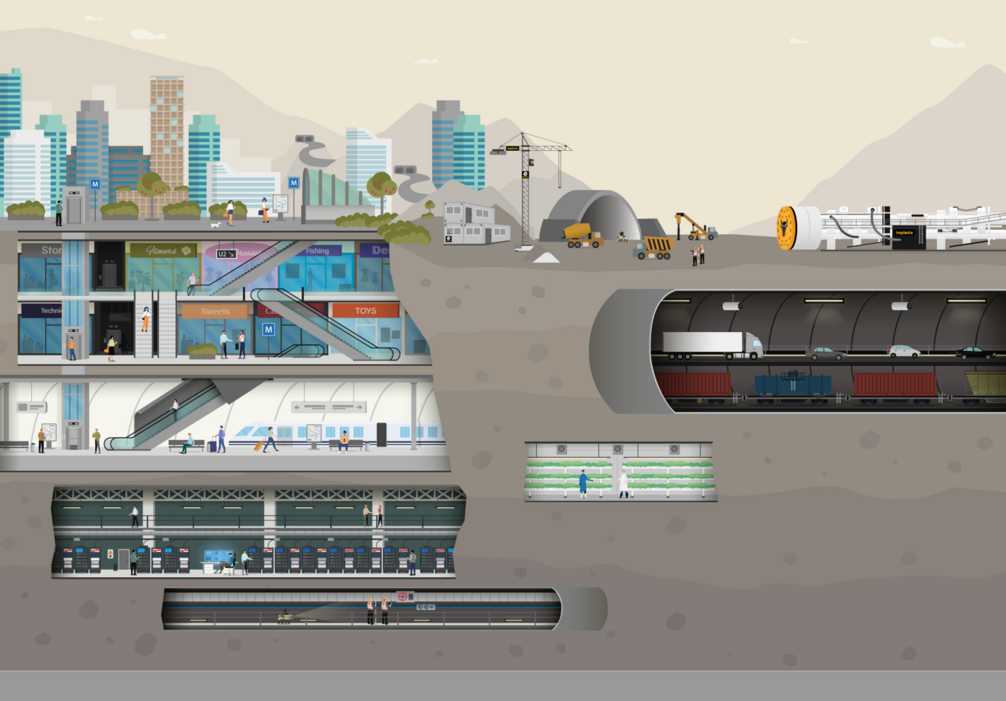
For Switzerland, the Gotthard is more than a mountain. It is a legend and a key gateway to the south. When the tunnel boring machine began work on the Gotthard in August this year, the construction of the tunnel between Airolo and Göschenen was in the public eye and the focus of media attention once again. Much of this attention centred on Implenia, which is building the tunnel with the “secondo tubo” joint venture. Yet the second Gotthard tube is just one of four large-scale European transalpine routes currently being built with Implenia’s involvement.
That makes Implenia the only construction service provider to be involved in all the major transalpine routes at the same time: the expansion of the Gotthard road tunnel, the Brenner base tunnel between Austria and Italy, the Mont Cenis base tunnel for the new highspeed rail link between Lyon and Turin, and the Semmering base tunnel between Lower Austria and the Steiermark region as part of the new southern section of the Baltic-Adriatic corridor.
Price is not everything
How does Implenia manage to gain the contract for major tunnel construction projects again and again? “A key factor is our enormous experience from previous projects, which we are able to contribute to new projects,” says Erwin Scherer, Global Head Tunnelling Implenia. “This allows us to use our expertise to simulate new projects, to plan them in a thorough and structured way, and, if the client permits or wants this, to respond to open points in our bid.”
Implenia also benefits from the fact that price is no longer the only factor in decisions on bids. Christian Späth, Head of the Division Civil Engineering: “More and more clients are making decisions based on a comprehensive assessment matrix that takes into account not only the price, but also a host of quality criteria such as stability in construction execution, i.e. the schedule.” Implenia’s experience of implementing large, complex infrastructure projects is a major advantage here. “We can demonstrate references, including international ones.” These show that Implenia is well versed in dealing with different local, formal and cultural requirements. After all, implementing tunnel constructions takes more than just engineering and technology.
Diving deep under the city
It is not just in the Alps, but also in cities, that Division Civil Engineering is building a range of beacon projects – for example at Marienhof in Munich and in Berlin, where a tunnel stretching around 6.7 kilometres is being constructed for a new 380-kV power line – part of the expansion of the cable network that will secure the supply of renewable energy to the city. Projects like this demand close cooperation and interdisciplinary expertise on the part of Business Units Civil Engineering, Special Foundations and Tunnelling. And they are pioneering.
Going underground
According to the authors of our white paper “Tunnelling & Underground Space 2050” (see infobox), uses of underground space are developing into a key construction topic of the future. One of the central challenges of our time lies in finding underground alternatives to compensate for lack of space on the surface. Even today, underground space is increasingly being used for roads and rail, for energy, telecommunications and data, for sewerage systems and for extracting resources.
VISION UNDERGROUND – SUBSCRIBE TO THE NEWSLETTER NOW
Use of underground space is predicted to become one of the most important construction topics of the future. The experts in our white paper “Tunnelling & Underground Space 2050” agree. With “Vision Underground”, we are launching a platform to examine the future of underground construction and instigate a broader discussion on a topic that affects not just the construction industry, but all of society. Well worth taking a look! Sign up to our “Vision Underground” newsletter and you will also receive access to a PDF copy of the white paper.
Jetzt reinschauen, es lohnt sich: Mit der Anmeldung zu unserem «Vision Underground»-Newsletter sichert Ihr euch ein PDF-Exemplar des Weissbuchs.
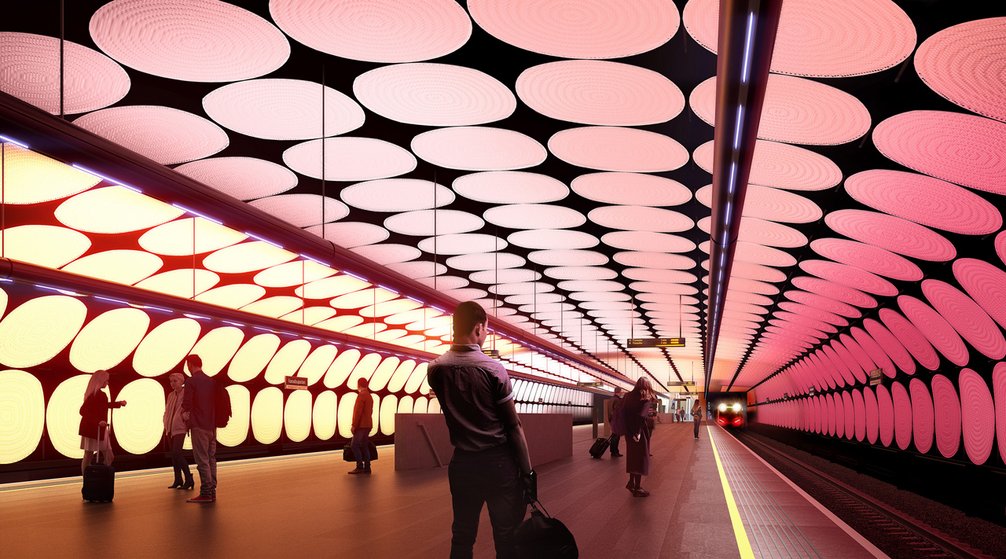
In Paris, for example, the visionary project “Forum des Halles” created a station including a shopping centre that would never have been possible above ground, either in terms of dimensions or usage. And in future, underground connections and spaces could be used for purposes that today still appear unusual, such as warehouses, production facilities, logistics networks or underground recreation and entertainment facilities.
EXAMPLES OF NEW UNDERGROUND ACTIVITIES
New applications for the future are already being trialled and researched underground. Here are two examples:
Logistics
As a shareholder in Cargo sous terrain (CST), Implenia is supporting a full logistics system for the flexible transportation of loose freight in Switzerland. Tunnels link production and logistics sites with urban centres. Above ground, CST distributes the transported goods in environmentally friendly vehicles, thus helping to reduce traffic and noise emissions. The first section will connect the Härkingen-Niederbipp area with Zurich from 2031, with construction of the remaining sections expected to be completed by 2045. CST is suitable for both supply and disposal. The electricity needed to operate the system comes 100% from renewable sources.
Underground Farming
In the Hagerbach test tunnel in north-eastern Switzerland, which Implenia is supporting as a shareholder, the Swiss Center of Applied Underground Technologies SCAUT is breeding, growing and harvesting plant-based food underground. It may be unconventional today, but this approach could play a key role in supplying urban areas with food in the years and decades to come.

Construction solutions for the future
Implenia wants to play its part in building this infrastructure for the future – not by initiating projects, but by being ready to implement them with the right solutions. “After a phase of successful stabilisation, we are now getting our division ready for this,” says Christian Späth. “Civil Engineering has identified potential business areas and fields of action that we are now working on.” Megatrends like urbanisation, increasing demands on mobility, the ageing society and climate change have all been included in the considerations. “We can already see these developments today, and will have to focus on them a lot more in future. They will have a major impact on fields like transport and energy infrastructure in particular.” Guidance has also come from the United Nation’s 17 Sustainable Development Goals, which outline the expectations of society and policymakers regarding topics like mobility, efficient use of energy and resources, and climate protection.
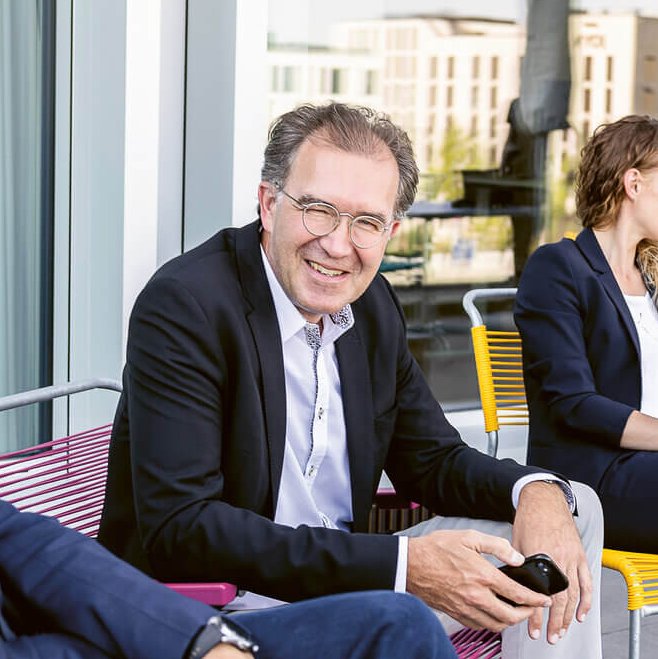
“Megatrends will have a major impact on transport and energy infrastructure.”
Christian Späth, Head Division Civil Engineering
A cycle of sustainable construction
A key topic for the future that Implenia is already implementing today is sustainability. Erwin Scherer: “In Tunnelling, our commitment to the circular economy is reflected in the great efforts we make to ensure that more of the material we extract from the mountain is processed directly on our construction sites and funnelled back into the construction work. If we want to make progress when it comes to sustainability, however, clients also need to increase the emphasis on sustainability factors in their assessment criteria for calls for tender, as already happens in Scandinavia, for example,” says Christian Späth. He is convinced that working together is the only way to unlock the significant potential for increased sustainability that remains untapped.
Progress through innovation
Needless to say, innovation plays a key role in the discussions about the future that take place within Division Civil Engineering at Implenia. “We are constantly developing and technical innovations that allow us to optimise our work in terms of speed, efficiency and quality,” explains Christian Späth. When it comes to digitalisation, he continues, the division very much wants to play a pioneering role in the construction industry with the goal of generating added value in planning and execution. The teams already frequently work with 3D visualisations, be it for planning and collision testing, for monitoring and steering construction progress, or for compiling cost trend analyses in real time. “Augmented reality, in which images from the real world are combined with digital elements, allows us to gain additional knowledge and insights.”
Passing on expertise
With every optimisation, every innovation and every new project Division Civil Engineering gains further experience and expertise, allowing it to plan and implement future projects even more successfully. But how is this expertise passed on internally? “Through a targeted system for supporting and promoting young talent. With this system we we give young colleagues time to learn and develop, so that they can use their expertise to initiate optimisations themselves,” says Erwin Scherer emphatically.
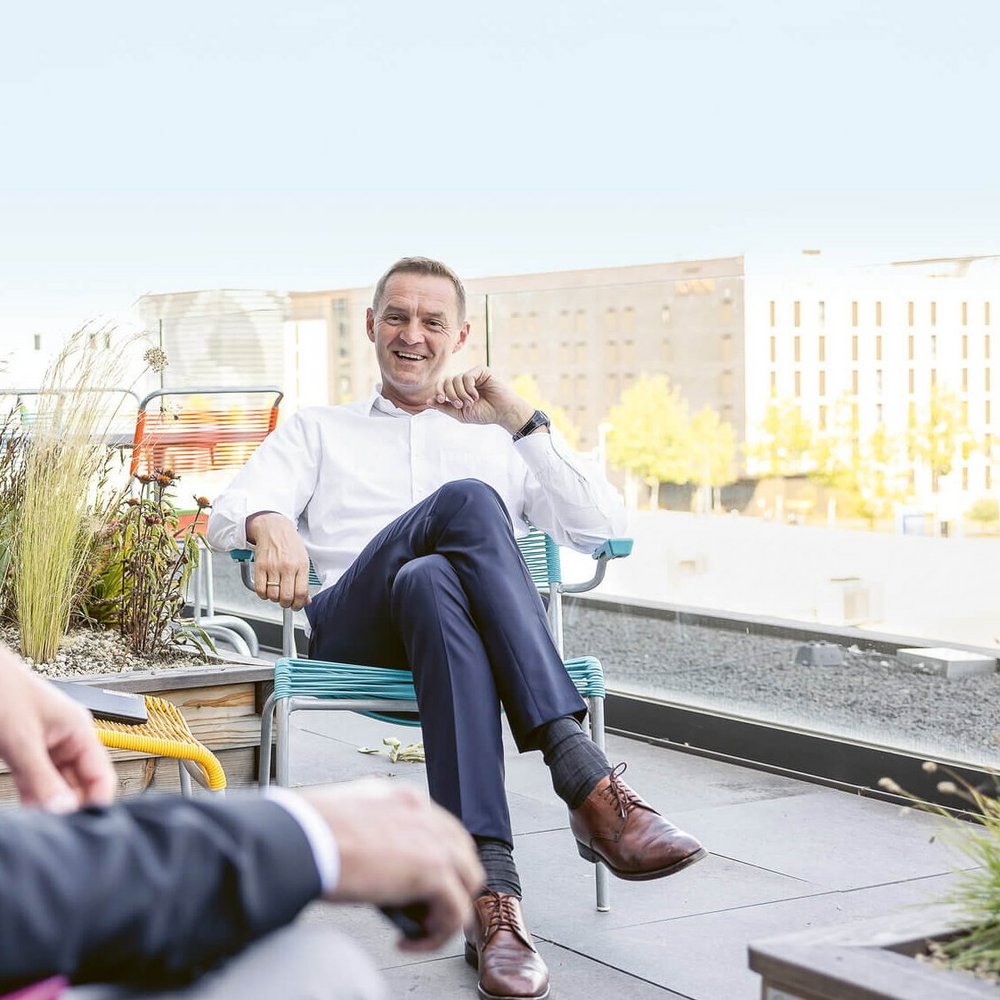
“Complex, largescale projects are attractive.”
Erwin Scherer, Global Head Tunnelling
The company’s good reputation and its beacon projects both help to draw in young employees despite the shortage of specialist staff, says the Global Head Tunnelling. “Complex, largescale projects are attractive” – even if they are often not exactly on the doorstep and demand that employees adapt their lifestyles. “But it is beacon projects like this that enable young people to take on a lot of responsibility relatively quickly.” And it is with this kind of beacon project that Division Civil Engineering hopes to build the infrastructure of tomorrow – as it positions itself as a reliable partner for challenging, hybrid infrastructure projects with more than 100 years of experience.

Swissloop Tunneling
Swissloop Tunneling, a student society at ETH Zürich will be entering Elon Musk’s “Not-A-Boring Competition” for the second time in January 2023. The team is supported by Implenia, which has signed up as a Platinum Partner. The first time the tunnelling competition was held, in 2021, the team stood out among 400 competitors to win second place overall with its “Groundhog Alpha” tunnel boring machine. This has now been developed further – with the aim of celebrating further success in Texas next year. In the long term, Swissloop Tunneling hopes to establish itself as a research platform for students. One of its principal aims will be to advance the development of innovative (micro)tunnel solutions.

